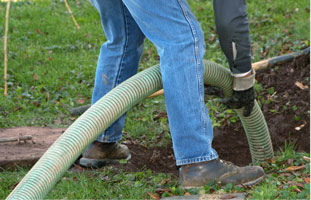Many professionals use gas detection tubes to test for harmful gasses in a workplace or home. For example, when testing for carbon monoxide in a home, a gas sampler will collect air in a sampling pump and then pump air sample into a glass tube with a colorimetric staining system. Depending on how colorimetric system responds, a gas sampler will know if there is dangerous carbon monoxide in a home. This method is still widely used. It’s such a popular method that even electronic detectors have not dominated the gas sampling market, despite their higher rate of accuracy and attractive features. There are two reasons why gas tubes are still a more popular method:
Expense
Electronic gas detectors do have a higher accuracy rate. However, that accuracy rate has to be maintained by calibrating the equipment. Gas calibration is best performed when a cylinder of a certain gas, or a mixture of gasses, is purchased from a company who specializes in calibration gasses. Purchasing these calibration gasses can be expensive in some cases. Glass detection tubes do not require calibration. Electronic gas detectors do typically have attractive features, such as GPS location systems built into the detector software. These features are part of why electronic gas detectors are so expensive. Glass detection tubes are not very expensive, especially when purchased in bulk.
Ease of Use
Detection tubes are purchased, ready to be used, from a manufacturer who puts the colorimetric staining system into the glass tube for the customer. Then, an operator only needs to collect a sample in a sampling pump or gas sample bag and test the air. There is no need for complicated training with glass detection tubes. However, some electronic detection systems will require employees to be trained about the software and how to collect samples without the use of sample bags or a sampling pump.



